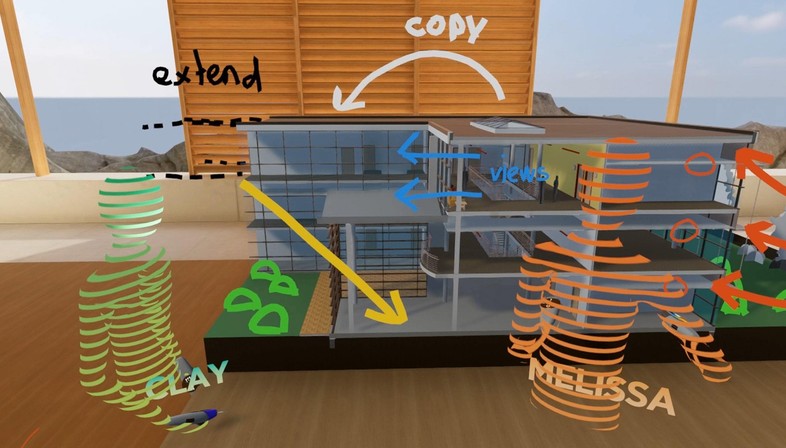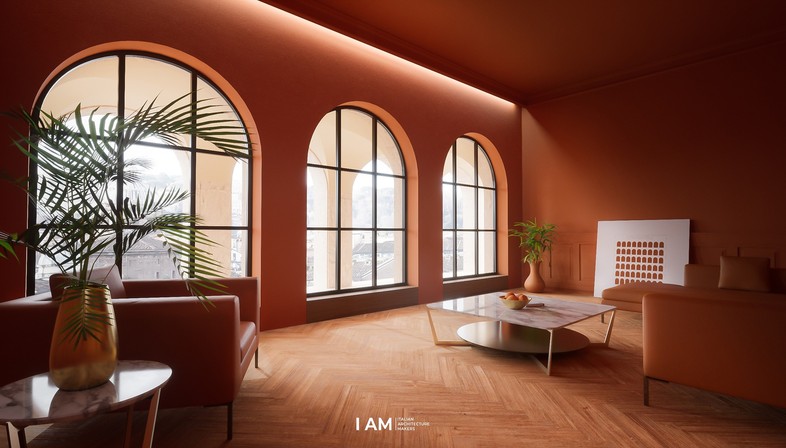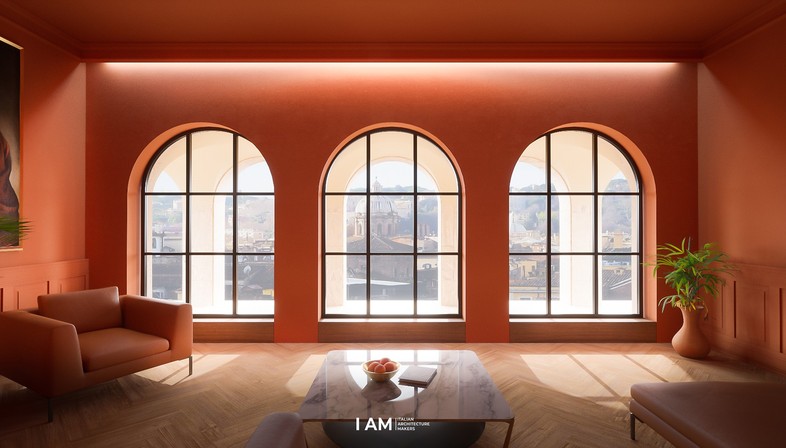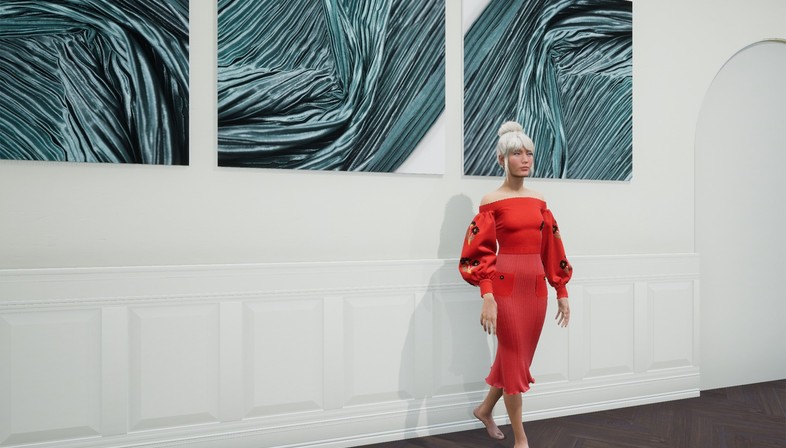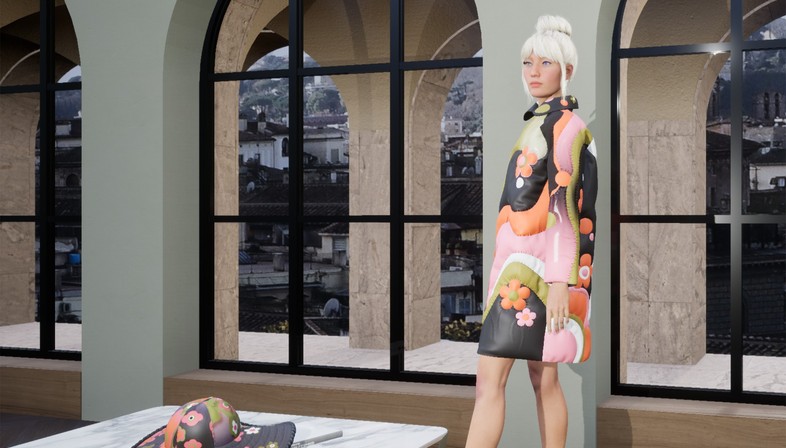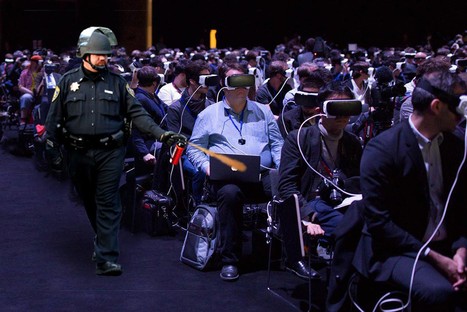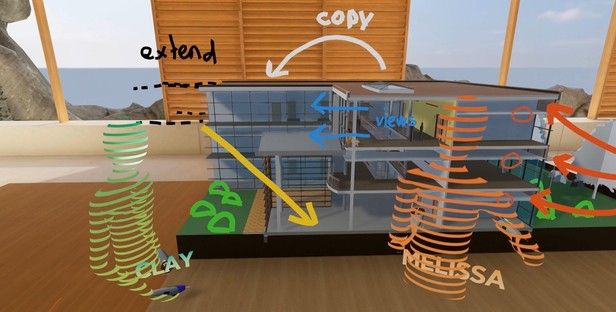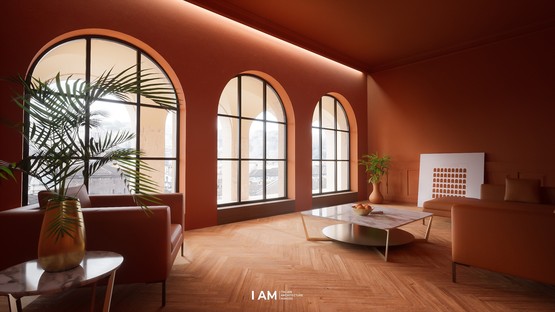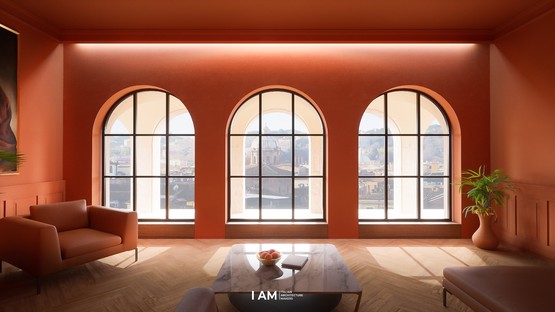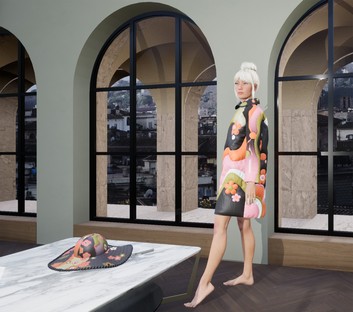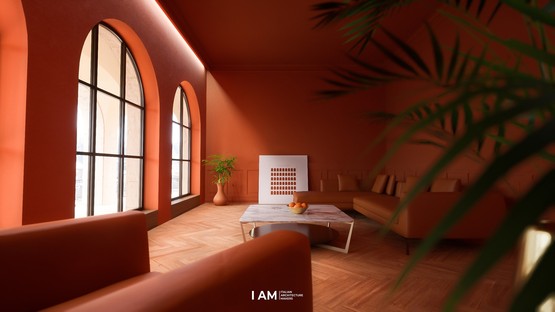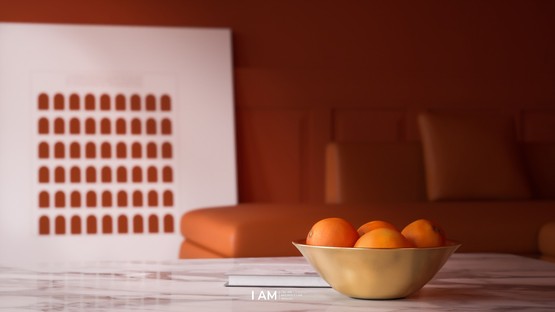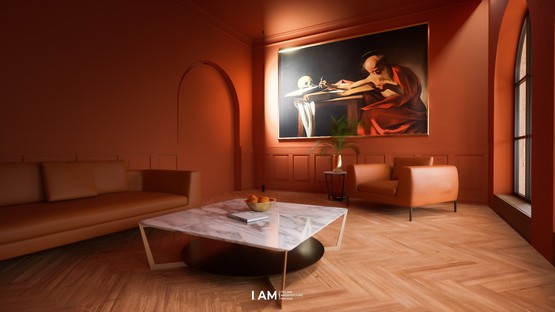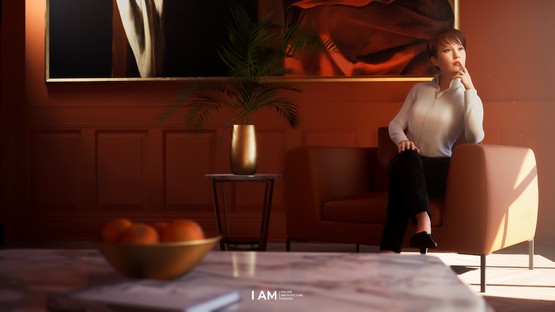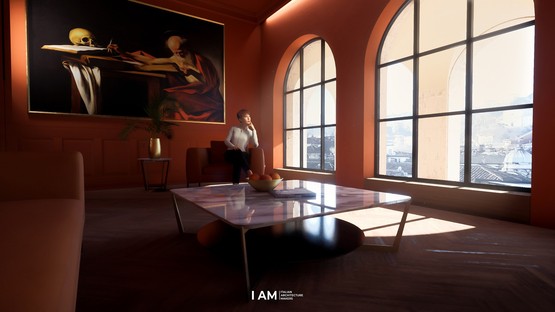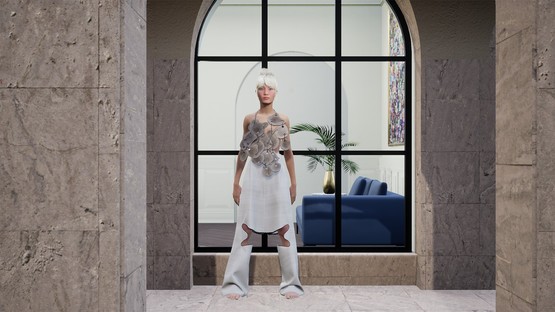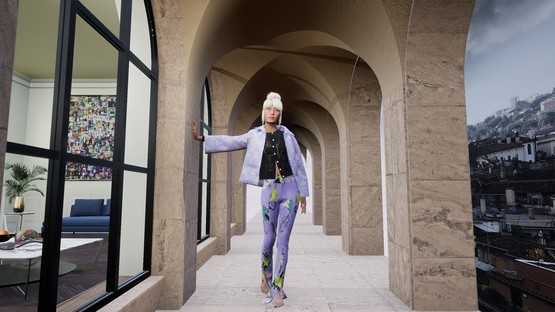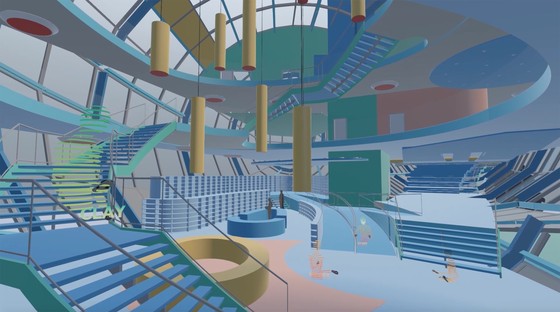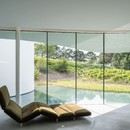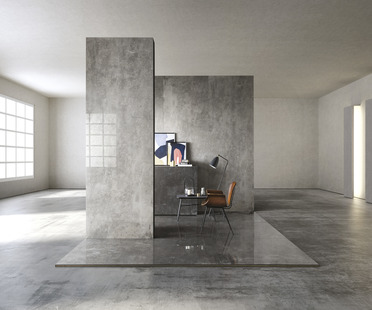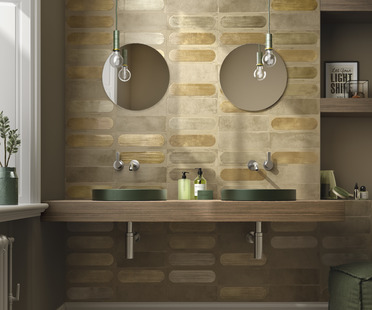28-03-2022
A whole world ripe for construction, virtual reality has no boundaries
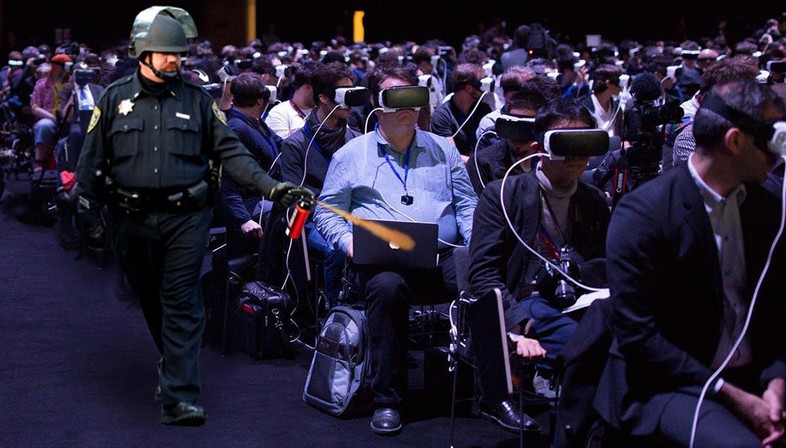
“There are as many applications for VR as you can think of, it’s restricted by your imagination.” These were the words spoken in 2017 by John Goddard, a VR marketing manager for a major company which is deeply involved in developing the future of virtual reality. Four years later, we can confirm that the world of VR is still very much expanding at an accelerated rate. In the three-dimensional aether - now browsable and socialisable - there are a plethora of useful applications involving tens of thousands of people in a range of different ways, and this comes as no surprise. The potential experiences offered by virtual reality - along with the opportunities to monetise each and every one - are infinite, and many have yet to be invented.
Though some are more obvious than others - namely video games and cinema - the world of virtual reality now offers a whole host of innovative applications, from fashion shows to art auctions. The mouldable and inexhaustible qualities of virtual space also make it a prime candidate for hosting, for example, showrooms for all kinds of products, or efficient and involving business meetings. Imagine for a moment that you have to comment on a project along with your colleagues, each of whom are participating from different offices in a handful of cities scattered around the world. Instead of simply watching a presentation on the shared screen in a video call, you could be inside the building that you are designing, with the ability to modify it, acting on the feedback provided by the software in terms of the sizing of its installations or solar radiation in real time. This is precisely the service offered by a platform which specialises in collaborative solutions for design meetings and reviews in VR environments. Some of the plans offered by this high-tech company even allow for integration with BIM software, representing an innovative leap forward in terms of what is possible in enhanced collaboration, and not just in architecture and construction projects.
“2022 is the year in which global spending in the AR and VR market will exceed $200 billion,” affirms Domenico Maiello, a young Italian architect co-founded their firm: I AM Architects, which builds both physical and virtual spaces for its clients. For example: I AM created an 800m2 showroom for a window and door retailer, contained entirely within a digital memory, accessible from a device in the lounge area of its existing physical premises. It was a resounding success. Customers proved overwhelmingly enthusiastic about the prospect of experimenting with a new piece of technology, as well as being able to adjust their doors and windows in real time. At the same time, the production costs of the space remained extremely low and the company managed to avoid the need to physically build on any further areas.
Images by I AM | Italian Architecture Makers, all rights reserved
According to Maiello, however, I AM Architects’ pride and joy is undoubtedly the creation of Frammenti Italiani: “a collection of nine virtual spaces inspired by the classics of Italian architecture. The first of these was selected by Vogue Talents as the setting for the presentation of an online capsule collection on The Dematerialised, in which a selection of virtual clothing produced by five up-and-coming companies was sold in the blink of an eye”. Even the model who was wearing the clothes on the catwalk was virtual: an artificial intelligence dubbed Kuki AI, designed by ICONIQ.
Images by Anastasia Edwards-Morel, Head of Digital Design at ICONIQ & Lauren Kunze, CEO of ICONIQ
It would be impossible to exhaustively explore the vast potential of this new business, simply because the list of possibilities grows longer every day. We can only imagine the frontiers yet to be made accessible by immersive technology. It will be important to keep a firm grip on conscious, ethical business practices to avoid slipping into ‘technology at all costs’ scenarios, which could prove counterproductive. That said, as we await developments, we too - just like Palmer Luckey - can’t help but wonder: “Why shouldn't people be able to teleport wherever they want?”
Cib
Images courtesy of:
I AM Architects – www.i-am-architect.com // Orange Room images by I AM | Italian Architecture Makers, all rights reserved
ICONIQ – www.iconiq.ai // Kuki AI images by Anastasia Edwards-Morel, Head of Digital Design at ICONIQ & Lauren Kunze, CEO of ICONIQ
The Wild – www.thewild.com
Vogue Talents – www.vogue.it
The Dematerialised – www.thedematerialised.com
Kuki AI – www.kuki.ai
Cormio, Marco Rambaldi, Niccolò Pasqualetti, Vivetta
Topher McCulloch, Julien Tromeur
[Video by I AM | Italian Architecture Makers, all rights reserved]










